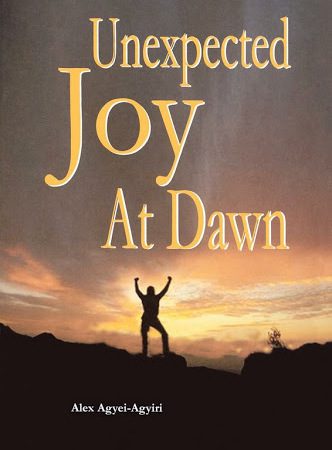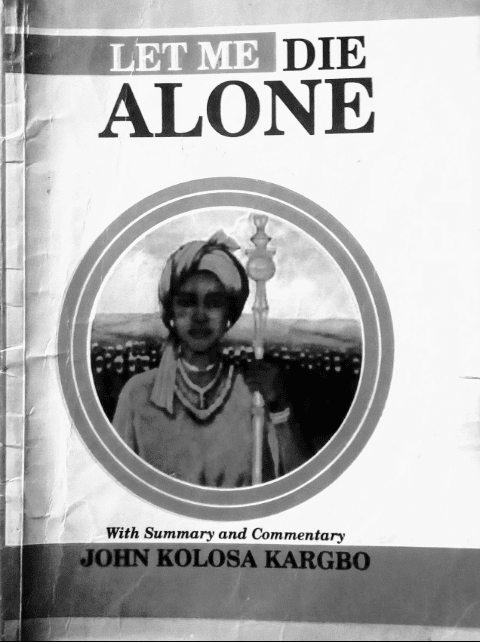In an earlier post, I have discussed the theme of leadership in Niyi Osundare’s allegorical poem, “The Leader and the Led”. I discussed the issues of leadership tussle, leadership deficiencies, and ideal leadership under the theme of leadership.
I have also written a blog post on how “The Leader and the Led” justifies the type of leadership in Africa.
In this post, I shall examine themes in “The Leader and the Led”.
Apart from the theme of leadership, other themes in “The Leader and the Led” include the themes of followership, oppression, greediness, and male dominance.
Now, let’s take them one after the other.
Theme of Followership
Followership is an integral theme in Niyi Osundare’s “The Leader and the Led”. The poem demonstrates the importance of followers in any democratic process. The poet places a certain level of responsibility on the followers. As can be seen in the poem, the common animals are vested with the power of choosing a leader. Therefore, in a nation-building process, the fate of a nation lies largely in the hands of the followers since they are the first point of contact in establishing a governing process.
The poet shows that the core responsibility of the followers is to select a good leader. That is why the candidacy of the animals vying for the position of the leader is nullified on the ground of incompetency.
That the antelopes, impalas, and other animals could reject the lion, hyena, giraffe, zebra, elephant, warthog, and rhino shows their relevance in the normal order of things.
When the animals are at the impasse on who to choose as their leader, “the pack thrashes around/Like a snake without a head” (Lines 15 and 16). This shows the task entrusted to the followers to choose a good leader who would set the nation on the pedestal of growth and development is no easy task.
The poem sends a message to the political followers in most African countries, who have turned vote-selling to normalcy; or have shunned their civic duty of voting; or only vote on the criteria of ethnicity and religion, that if you say your leaders are ruining your country, you are also part of the ruination.
Theme of Oppression
Oppression is an inexhaustible matter addressed in Niyi Osundare’s “The Leader and the Led”. The main symbol of oppression in the poem is the lion. In lines 1 and 2, “The lion stakes his claim/To the leadership of the pack”. However in lines 4 and 5, “But the Antelopes remember/The ferocious pounce of his paws”.
The relationship between the lion and the antelopes is one of an oppressor and the oppressed. The lion uses his “claws” to oppress the antelopes. In a different narrative, the lion could have chosen to protect the antelopes with the same “claws”.
This actually symbolises how conveniently easy it is to convert instrument of protection to instrument of violence. Another African poet, Gbemisola Adeoti, avers this position in the second stanza of his poem, “Ambush”, that “The land is a sabre-toothed tiger” that uses its “bayonet of tribulation” to “make infants shudder home” and “the grizzled one snatch their gut” “halting venturous walk at dusk.”
Niyi Osundare’s position about the oppressive machinery of the African leaders is very similar to the submission of Gbemisola Adeoti.
With their powers, they oppress the people they are meant to lead and protect. The citizens are oppressed and brutally harassed by security agencies that are there in the first place to protect them. “The ferocious pounce of his paws” on antelopes is an analogy of the deliberate and calculated oppression of the citizenry by the machinery of the state.
Nigeria, the poet’s home country, witnessed a spate of oppression and violence against her citizens during military rule. Nigeria was like a country at war against her citizens. You only have to dare to speak against those in power or question their government to get your fair share of the violence. Sometimes, you don’t have to do anything to get a lash of horsewhip on your back, lying on the bonnet of your car in the presence of your wife and children.
Today, the sight of soldiers in uniform still instils fear into citizens. If you are quarrelling with someone, the next thing the person does is threaten you with some military acquaintance.
In conclusion, the poem projects that oppression is a common feature of African leadership.
Theme of Greediness
The theme of greediness is expressed through the hyena. The “lethal appetite” of the hyena alludes to the greediness of some leaders. They see leadership positions as means of enriching themselves at the expense of the masses.
They steal public funds to satiate their vanities and frivolous desires while they impoverish the country. This attribute of the hyena justly reflects the corruption that has become commonplace in the corridors of power and inextricable from leadership in Africa.
Even followers have been conditioned to see seeking government positions as means to become rich. That is why it is hard to convince them not to collect money for their votes. That is why there is a term like national cake which could mean national treasury or government money. You may find people once in a while saying “I want my share of the national cake”.
Theme of Male Dominance
Male dominance is another noticeable feature of “The Leader and the Led” which one must pay attention to. It is evident that the leadership scene is dominated by male animals.
The lion, the hyena, the giraffe, the zebra, the elephant, the warthog, and the rhino are all male animals. The constant use of the possessive determiner “his” lends credence to this position. No female animal vies for the leadership position.
This demonstrates the low participation of women in African politics. We can’t even start comparing the ratio of men in politics to the ratio of women in politics. The poem is a reflection of how African politics is dominated by men. This is probably why there is no female contender in the poem.
Conclusion
In this post, I have discussed the themes of followership, oppression, greediness, and male dominance in “The Leader and the Led”. Elsewhere, I have also discussed the theme of leadership, also in the same poem. Another noticeable theme in the poem is unnecessary fanfare and it has been exhausted elsewhere.
 WHATSAPP: Click HERE to join the new Literature PADI WhatsApp group to receive latest updates on your phone and for further literary discussions!
WHATSAPP: Click HERE to join the new Literature PADI WhatsApp group to receive latest updates on your phone and for further literary discussions!









